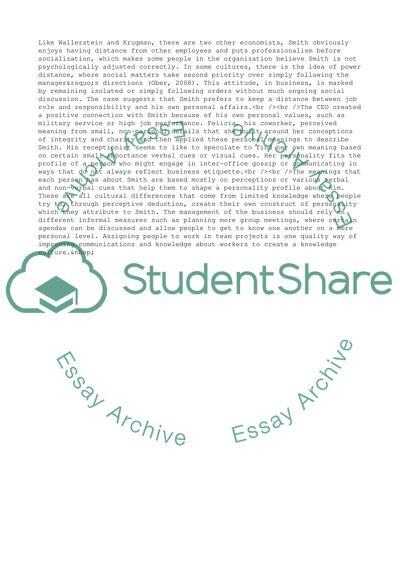Cite this document
(Style in Business Communication Case Study Example | Topics and Well Written Essays - 2000 words, n.d.)
Style in Business Communication Case Study Example | Topics and Well Written Essays - 2000 words. https://studentshare.org/business/1736057-communication
Style in Business Communication Case Study Example | Topics and Well Written Essays - 2000 words. https://studentshare.org/business/1736057-communication
(Style in Business Communication Case Study Example | Topics and Well Written Essays - 2000 Words)
Style in Business Communication Case Study Example | Topics and Well Written Essays - 2000 Words. https://studentshare.org/business/1736057-communication.
Style in Business Communication Case Study Example | Topics and Well Written Essays - 2000 Words. https://studentshare.org/business/1736057-communication.
“Style in Business Communication Case Study Example | Topics and Well Written Essays - 2000 Words”. https://studentshare.org/business/1736057-communication.


